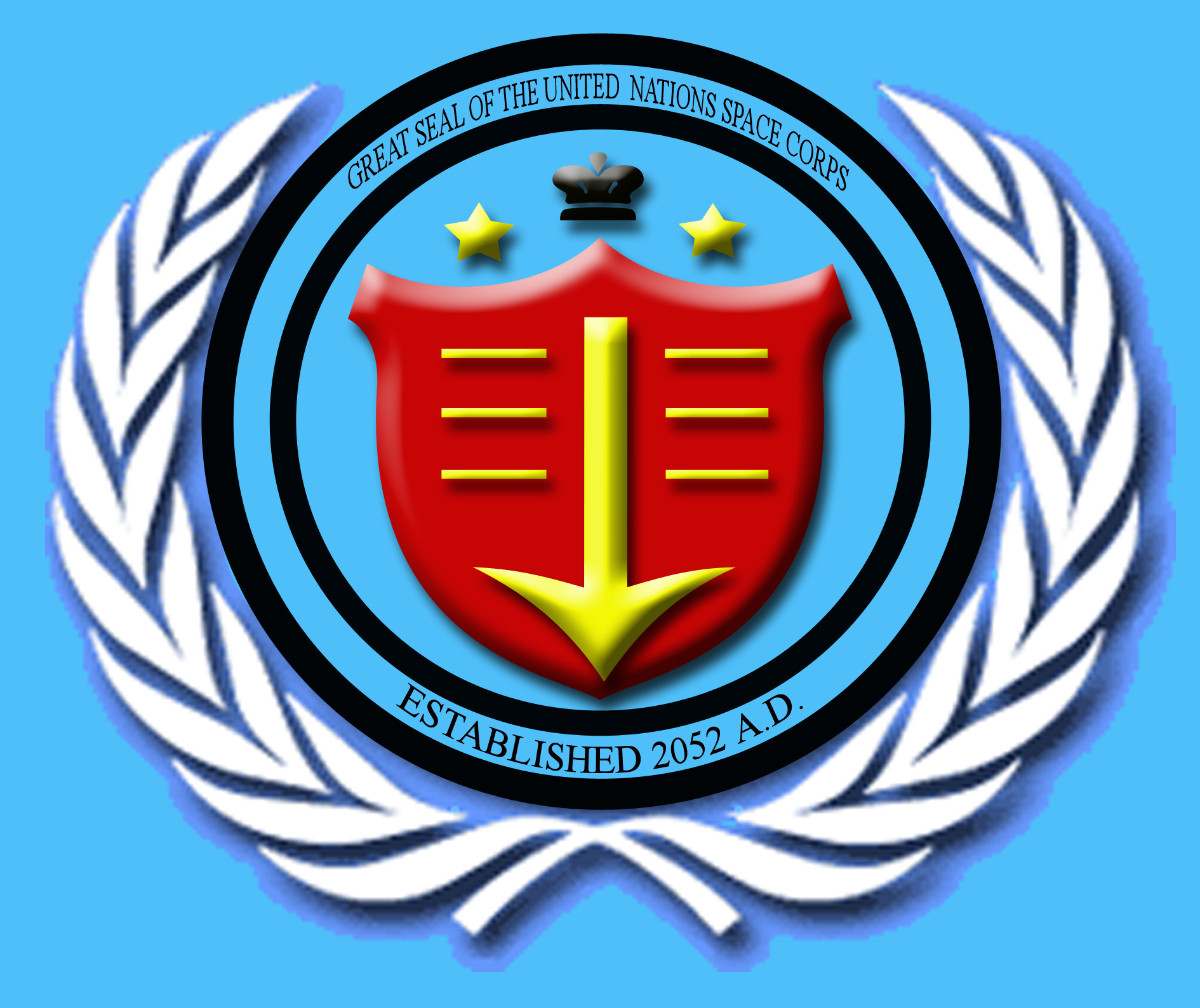 |
 |
|
GOVERNMENT:United Nations
TYPE: Main Battle Hover Tank
MODEL: Britannian Dynamics Type-43 (Death Glider)
DATE INTRODUCED: 2043 AD
LENGTH: 30 feet
WIDTH: 20 feet
HEIGHT: 18.76 feet
MATERIAL: Composite Alloy
POWER PLANT: Hensai Energy HENR-5 nuclear reactor
OUTPUT: 5 megawatts
ARMOR TYPE: Kevlar Composite
ARMOR THICKNESS: 9 inches
DISPLACEMENT: 35 tons
CREW: 3 (1 Pilot, 1 Gunner, 1 Officer/Commander)
PROPULSION
PRIMARY (GROUND):
2x Desalt-Migoyan DMIE-31.5 ion engine
SPEED: 30 mph
NOTE: Actual speed is 90 mph, however, speed is divided between three ports on the engine; two ports provide the lift for the tank, while the last port is for forward movement. Maximum hover height is 120 feet.
WEAPONS:
PRIMARY (OFFENSIVE):
1xLithgear LG-AC200 200-millimeter autocannon; Effective Range: 38,400 yards (21.8 miles); Payload: 200-round autoloading tray magazine; ROF: up to 240 rounds per minute.
SECONDARY (OFFENSIVE):
1x Infield I-AC20 20-millimeter autocannon; Effective Range: 384-3072 yards; Payload: 2000 rounds of armor-piercing ammunition from an autoloading belt-fed drum; ROF: Fully automatic with a rate of up to 540 rounds per minute.
PRIMARY (DEFENSIVE):
1x Infield I-AC20 20-millimeter autocannon; Effective Range: 384-3072 yards; Payload: 2000 rounds of armor-piercing ammunition from an autoloading belt-fed drum; ROF: Fully automatic with a rate of up to 540 rounds per minute.
ELECTRONICS:
1x Basic Radio Communications array with a 1000-mile range.
1x Standard RADAR array with a range of 50 miles.
2x Multispectral Video/Optical array with a range of 100 miles.
3x Cerebral Interface Helmet system (man-machine interface that gives vehicle improved reaction time)
Description/Overview:
The first UN hovertank was the Britannian Dynamics Type-43. This machine was designed for use in any planetary environment including the moon and Mars. The Type-43 was an adequate successor to the ailing Type-35 main battle tanks that comprised the lead armor of many of the world’s militaries. The new hovertank was useable over nearly any surface on Earth and its moon.
The Type-43 was the first land-based vehicle to mount ion engines as its main propulsion. A pair of Dasalt-Migoyan DMIE-31.5 ion engines was mounted on the tank, one on each side of the vehicle. Each of the engines had one cone-shaped exhaust jet, two rectangular downward thrust jets, and a forward-facing reverse jet that shifted the rear exhaust to the front. The rear jets were for forward propulsion, the side jets provided lift, and the front jets were used to brake and/or maneuver the craft. Maneuvering was done by reversing one rear jet for a moment, but not the other, thus spinning the craft in the desired direction quickly. These engines drained considerable power for a vehicle of the 2040s and therefore made a nuclear reactor mandatory.
The only defenses of the craft were a pair of five-shot smoke dischargers. One of these half-cone launchers was mounted on each side of the turret of the tank. The smoke dischargers were obsolete by the military standards of the 2050s and all but useless in space, however they did provide some cover for the vehicle in Earth-bound operations. During both the Great War and the UNSC/Solar Empire invasion of Earth during the 1st Interplanetary War, these masking defenses were useful to a small extent.
The Type-43 was made in enormous numbers for a tank of its time. It outnumbered the USNA M2A3 force by nearly twenty-six to one and was far more maneuverable. The introduction of the MBR-01 was the downfall of the Type-43. During the UNSC recon expeditions of the 2060s onto the devastated Earth, the encounters between the Type-43 and MBR-01 nearly always ended with the battlerobot as the victor. During the 1st Interplanetary War, the Type-43 was the second-line unit behind the Type-55, which was a task it was ill suited to perform